We are dedicated to finding
We are dedicated to finding innovative medical solutions
At Bio Even, we are actively working on new formulas based on the use of natural effectors while developing new encapsulation techniques to protect and deliver drugs.
Who are we?
We are pioneers in the discovery of the anticancer properties of Flavine Adenine Dinucleotide (FAD) as well as other natural effectors. We have developed and protected by international patents advanced formulations combining several molecules.
Our goal is to help patients tolerate chemotherapy better and to use our product as an adjuvant and novel adjuvant for the treatment of cancer.
We have several international research cooperation agreements and in particular with the CNRS, Sorbonne University Paris North (Dr Jolanda Spadevecchia, Nanomedicine, Biomarker and Detection – NBD) and with the University Hospital of Shenzen in China (Pr Xiaowu Li , chief physician, professor at the institute for hepatobiliary surgery).
Our patented way of advanced cocktail formulation has the following benefits in cancer therapy:
- Minimized side effects treatment of cancer patients.
- Non-toxic as they are derived from nature Vitamin.
- Improve the cancer therapy as adjuvant or new-adjuvant.
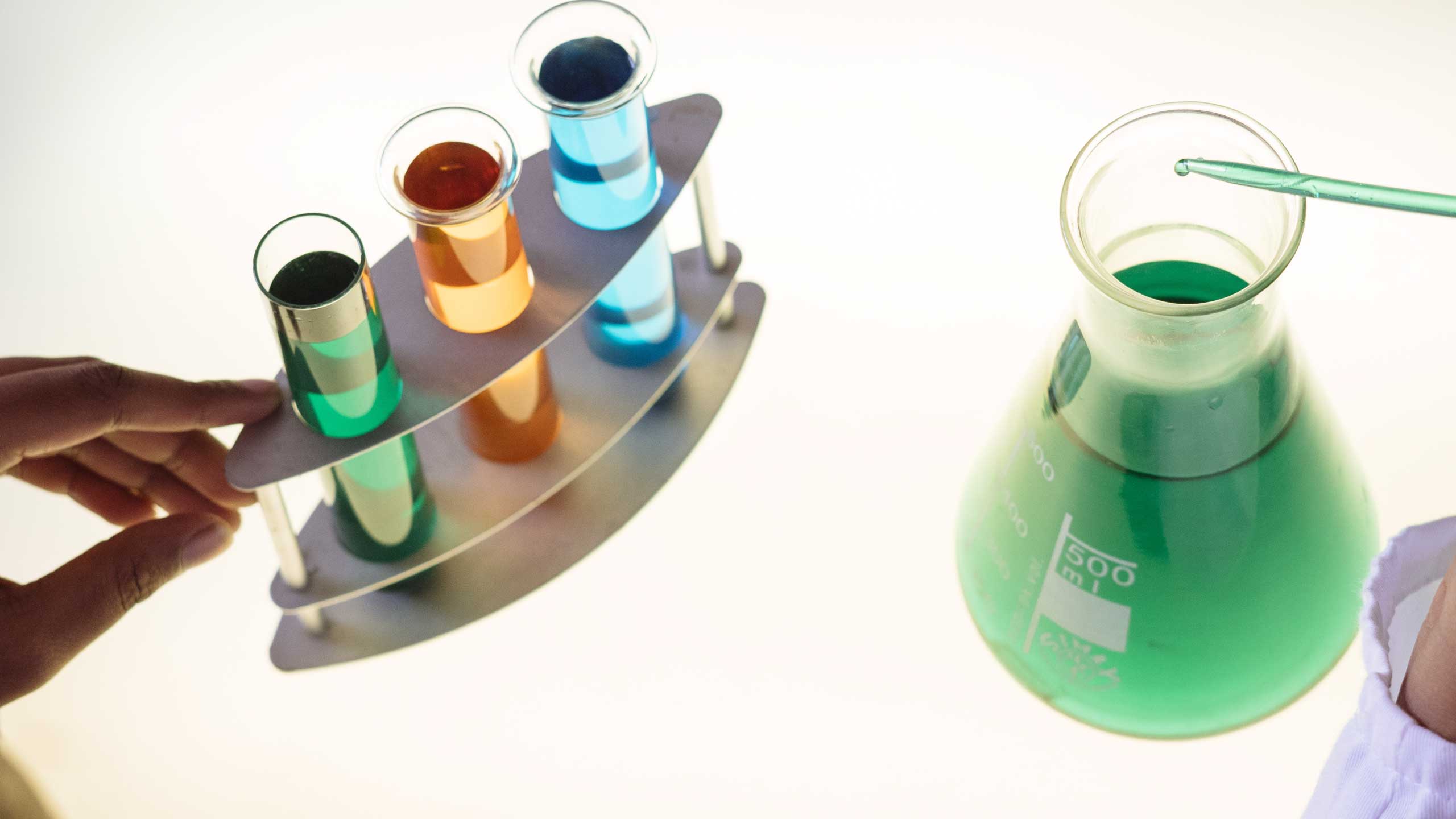
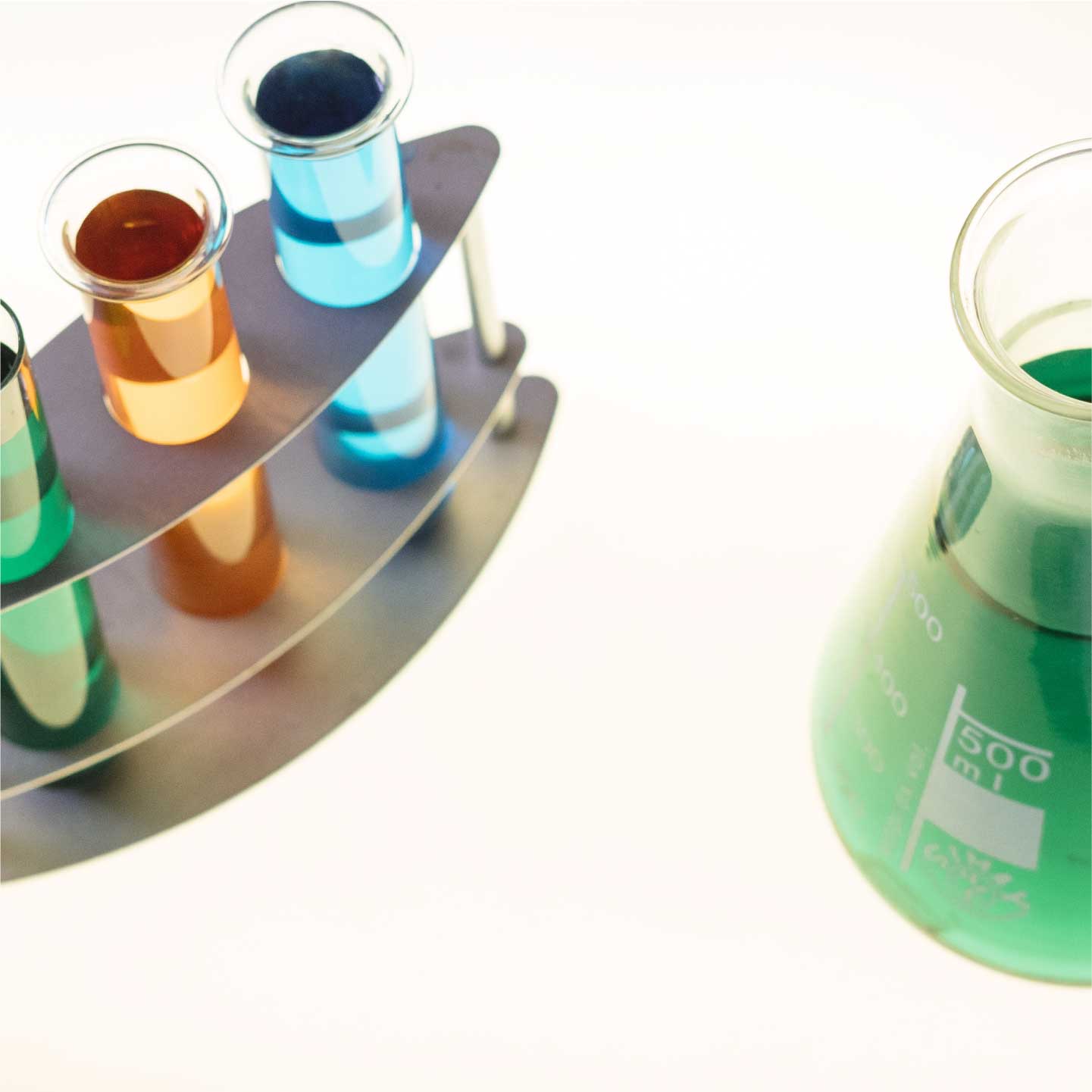
Our key collaboration:
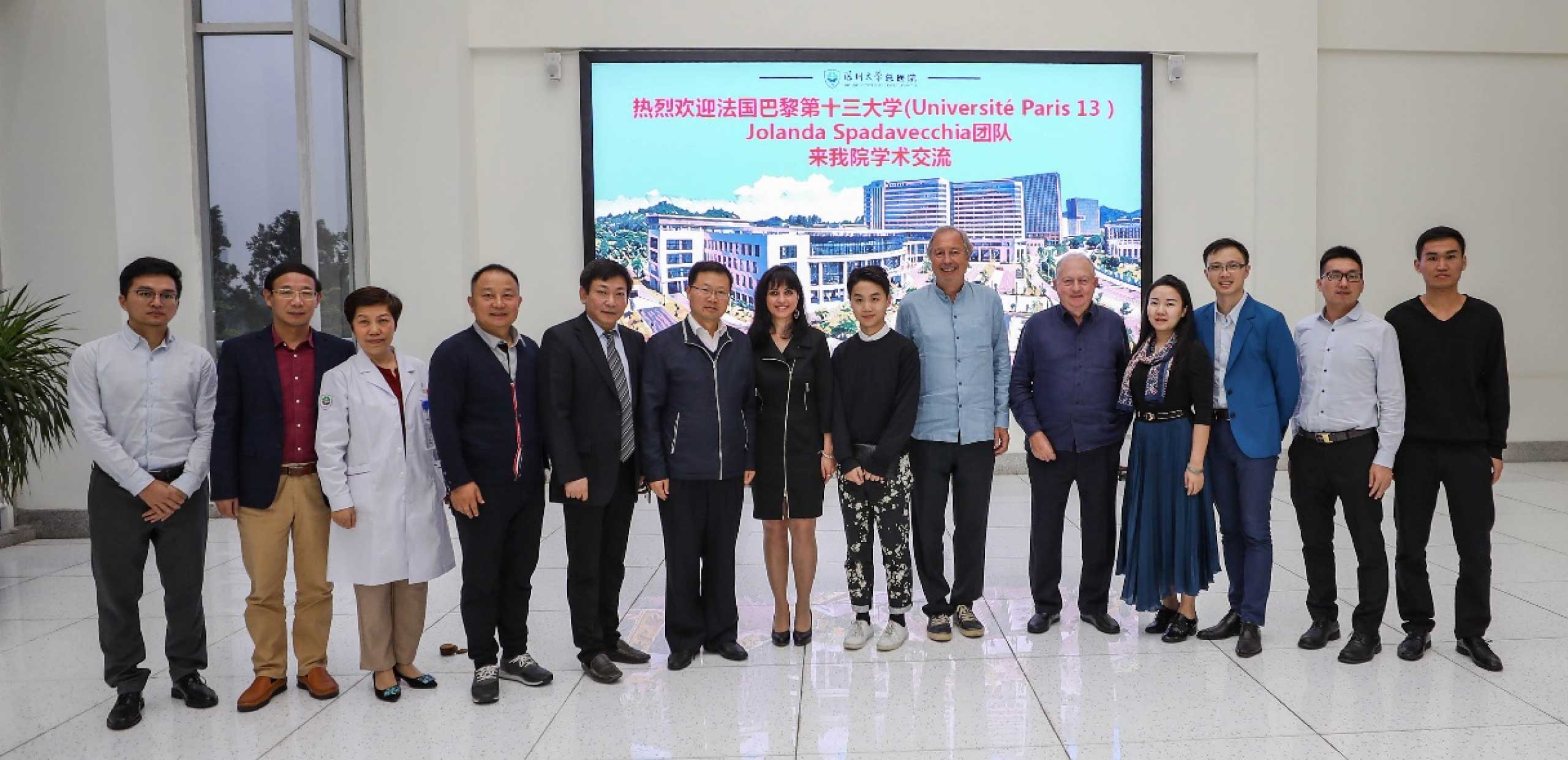
Jointly led by J. Spadavecchia (DR CNRS the Nanomedicine, Biomarkers and Detection (NBD) team in Sorbonne university paris Nord has two general objectives: the design and development of nano-objects for health applications (Nanomedicine Axis ) as well as the research, study and detection of biomarkers for biomedical applications.
Nanomedicine Axis: Development of Hybrid Nano-vectors for Nanomedicine, from molecular design to chemical and physical synthesis and characterization Structural characterization Biological activity and cellular interaction Therapeutic Biomedical applications.
Biomarkers and Detection Axis: Understanding of cellular and tissue mechanisms in a physiological and pathological framework Development of strategies for detection and treatment, Characterization of nanoparticles at the cellular level (biomarker study).
The NBD team brings together: 3 Professors and 7 University Lecturers; 1 Senior Lecturer from University Hospital Practitioners; 2 Research Engineers; as well as 1 Director and 1 CNRS Researcher.It also hosts 3 PhD students, 1 ATER as well as 5 associate members.
The international collaboration between France and china.
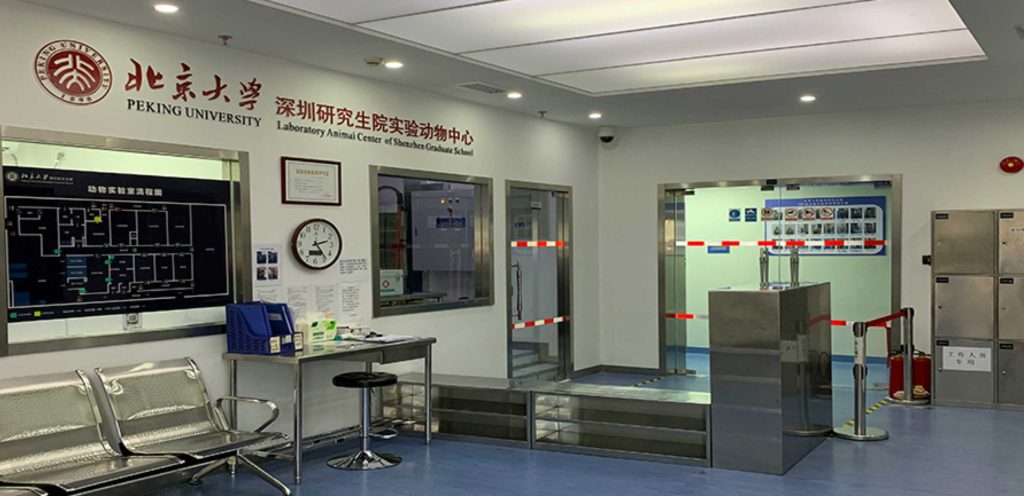
The Laboratory Animal Center is based on the Shenzhen Graduate School of Peking University. The platform is based on providing high-quality services and technical guarantees for Shenzhen’s scientific research, development and teaching development, and establishes a high-standard, high-quality, domestic and foreign market and the overall idea of sustainable development
The existing standardized hardware facilities of the Experimental Animal Center are 800 m2, the laboratory is 7-level purification, in line with the national laboratory animal barrier facility standards, the technical parameters of the laboratory are fully automated, and the number of rats and mice is 5000 cages, of which 144 are rats cage.
Introduction to Laboratory Animal Center of Guangzhou University of Chinese Medicine:
The Experimental Animal Center of Guangzhou University of Traditional Chinese Medicine is a secondary institution of the school responsible for the production and supply of experimental animals, coordinating or undertaking animal experiments, carrying out experimental zoology teaching and scientific research, and at the same time assisting in the management of experimental animal work in the school. Since its establishment in 1995, the Laboratory Animal Center has made certain achievements in hardware and software construction. The Laboratory Animal Center has a 3,600 m2 laboratory animal.
There are currently 30 employees, including 1 senior professional title, 3 deputy senior professional titles, 4 intermediate professional titles, 2 postdoctoral fellows, and 2 doctoral candidates.

The institute Mario Negri investigates the biochemical and molecular mechanisms underlying central and peripheral amyloidosis, to identify novel targets and develop effective pharmacological therapies.
Another main focus of the activities is setting up new methods for early diagnosis.
To this purpose, different approaches based on sophisticated chemical-physical methods, “in silico” and “in vitro” analysis are undertaken. The research also concerns the development of nanovectors to improve current diagnostic and therapeutic strategies.
the investigation deals with the development of a number of nanoparticles differently functionalized both for therapeutic and diagnostic (theranostic) purposes. Different in vivo models of oncological and neurodegenerative diseases are established for the studies. We examine and optimise the cellular biodistribution (internalisation, localisation) and the accumulation in organs (tropism) of the developed nanoparticles.
The Mario Negri Institute of Pharmacological Research IRCCS comprises 10 departments: 6 are located at the headquarters in Milan and 4 are in the headquarters in Bergamo and Ranica (BG). In addition to its experimental research, the institute carries out intensive clinical research that involves designing, coordinating and participating in numerous clinical trials and creating and managing disease registers.
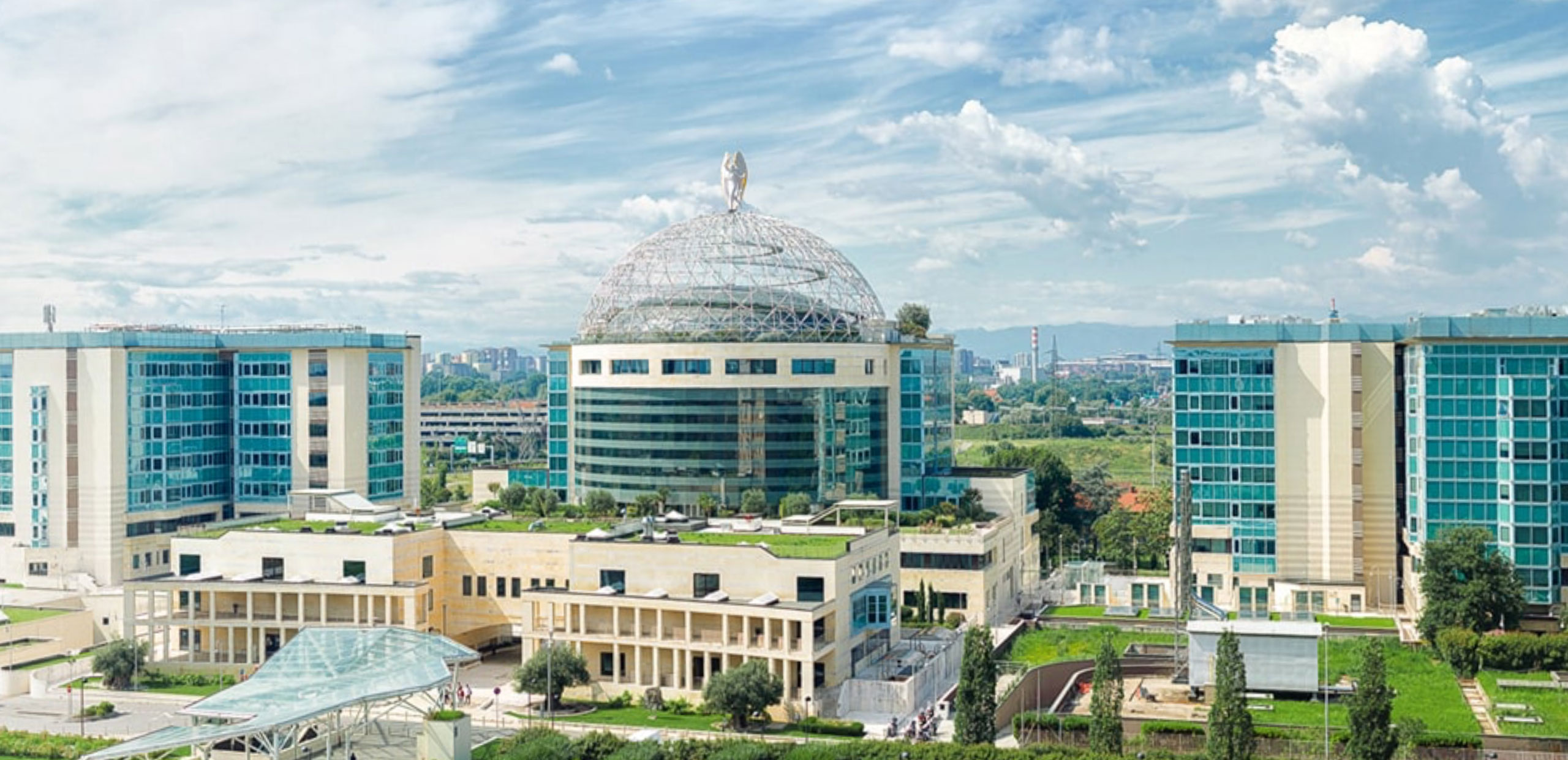
IRCCS Ospedale San Raffaele is a university hospital and scientific institute established in 1971 to provide specialized care for the most complex health conditions and to perform cutting-edge translational research. Ospedale San Raffaele was first recognized by the Italian Ministry of Health as a research hospital (Istituto di Ricovero e Cura a Carattere Scientifico, IRCCS) in 1972 for its expertise in diabetes research and cure. The recognition as IRCCS was then extended to the entire field of molecular medicine in 2001.
Thanks to 100 high-tech laboratories and pre-clinical facilities, 50 medical specialties, 50.000 hospitalizations per year and more than 880 ongoing clinical trials, at Ospedale San Raffaele basic science translate quickly into clinical practice and clinical needs drive basic research.
Since May 2012, Ospedale San Raffaele joined Gruppo Ospedaliero San Donato, the leading Italian hospital group.
